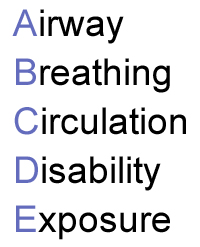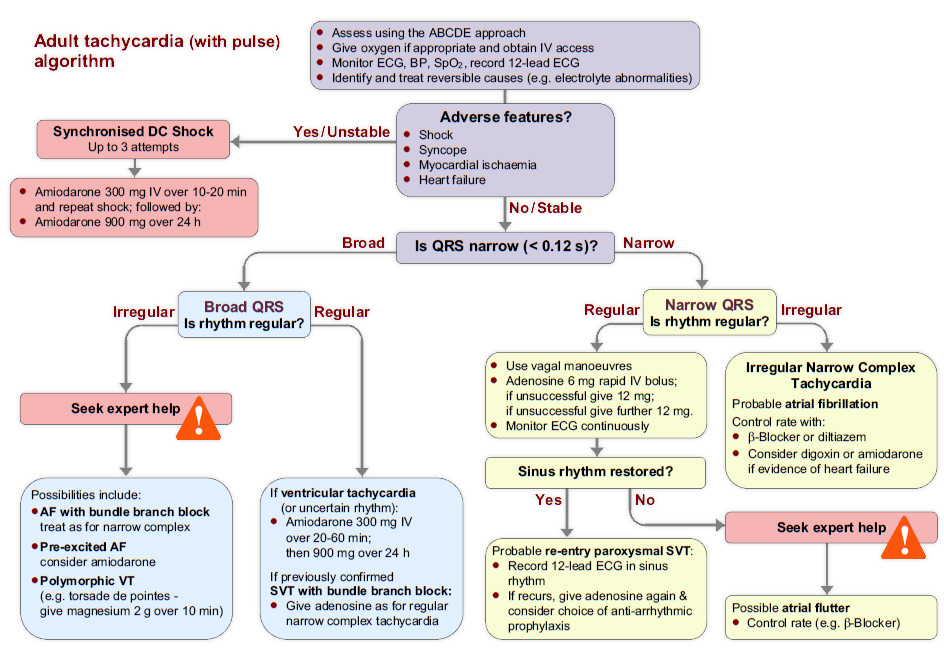
- Next steps

Feedback
That is not quite right.
Feedback
No, that is not quite right.
There are no adverse signs so electrical cardioversion is not the first-line treatment at this stage.
Diltiazem may be used in patients where beta blockade is contraindicated or has been given previously and not tolerated.
There are no signs of heart failure to suggest that digoxin should be first-line treatment for rate control.
Feedback
No, that is not right.
Feedback
No, that is not right.
There are no adverse signs so electrical cardioversion is not the first-line treatment at this stage.
Diltiazem may be used in patients where beta blockade is contraindicated or has been given previously and not tolerated.
There are no signs of heart failure to suggest that digoxin should be first-line treatment for rate control.
Feedback
Yes, that is right.
A beta blocker is the most appropriate treatment in this situation.
There are no adverse signs so electrical cardioversion is not the first-line treatment at this stage.
Diltiazem may be used in patients where beta blockade is contraindicated or has been given previously and not tolerated.
There are no signs of heart failure to suggest that digoxin should be first-line treatment for rate control.
References
See chapter 8 of the ALS manual for further explanation and examples of how to analyse cardiac rhythm from the ECG.
See chapter 11 of the ALS manual for further reading about the tachycardia algorithm.
Essentials: The 6-stage approach and the ABCDE approach
1. Is there any electrical activity?
2. What is the ventricular (QRS) rate?
3. Is the QRS rhythm regular or irregular?
4. Is the QRS width normal (narrow) or broad?
Any cardiac rhythm can be described accurately and managed safely and effectively using the first four stages.
[hrule]
5. Is atrial activity present? (If so, what is it: Typical sinus P waves? Atrial fibrillation? Atrial flutter? Abnormal P waves?)
6. How is atrial activity related to ventricular activity? (e.g 1:1 conduction, 2:1 conduction, etc, or no relationship)

Algorithm: The tachycardia algorithm
The tachycardia algorithm is available in chapter 11 of the ALS manual.

